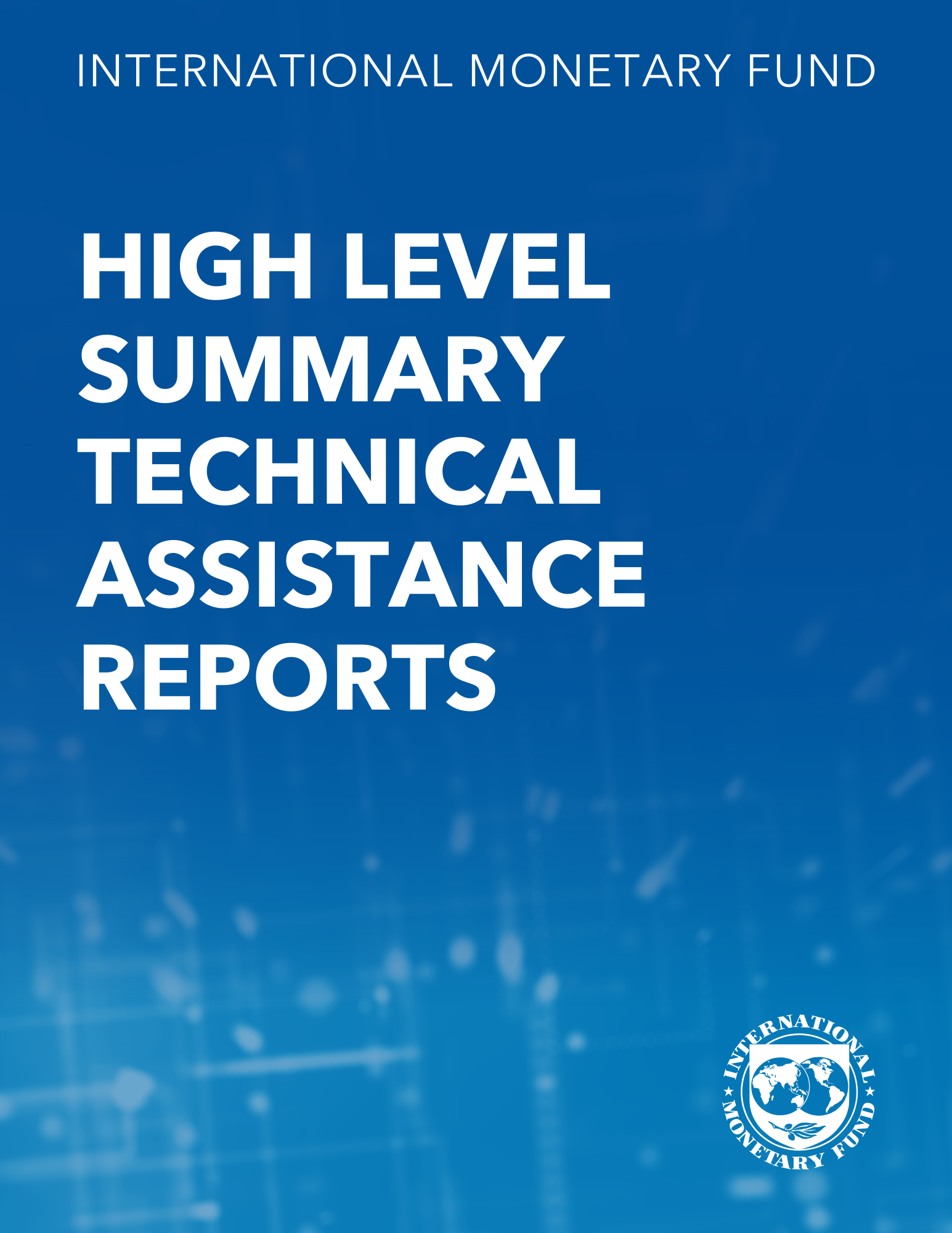Wage Dispersion in the 1980's: Resurrecting the Role of Trade Through the Effects of Durable Employment Changes
September 1, 1995
Disclaimer: This Working Paper should not be reported as representing the views of the IMF.The views expressed in this Working Paper are those of the author(s) and do not necessarily represent those of the IMF or IMF policy. Working Papers describe research in progress by the author(s) and are published to elicit comments and to further debate
Summary
This paper finds that changes in durable manufacturing employment and investment in computer equipment can explain rising wage dispersion in the United States, measured in terms of the education premium. Reduced employment opportunities in durables production drive down the average wage for workers with only a high school education, thereby increasing the wage premium for college education. An innovation in this paper is the inclusion of investment in equipment as a proxy for skill-biased technical change. The rise in the technical skill premium could alone explain all of the rise in the college premium since 1979 were there no offsetting effects. This is a Paper on Policy Analysis and Assessment and the author(s) would welcome any comments on the present text Citations should refer to a Paper on Policy Analysis and Assessment of the International Monetary Fund, mentioning the author(s) and the date of issuance. The views expressed are those of the author(s) and do not necessarily represent those of the Fund.
Subject: Education, Employment, Foreign exchange, Labor, Real effective exchange rates, Real exchange rates, Wages
Keywords: computer investment, constant term, durable goods, durable goods industry, durable goods worker, durables deficit, durables employment, durables wage, Employment, employment in durables manufacturing, Global, low-skill service worker, Real effective exchange rates, Real exchange rates, wage dispersion, Wages, WP
Pages:
36
Volume:
1995
DOI:
Issue:
088
Series:
Working Paper No. 1995/088
Stock No:
WPIEA0881995
ISBN:
9781451851106
ISSN:
1018-5941
Notes
Also published in Staff Papers, Vol. 43, No. 2, June 1996.





